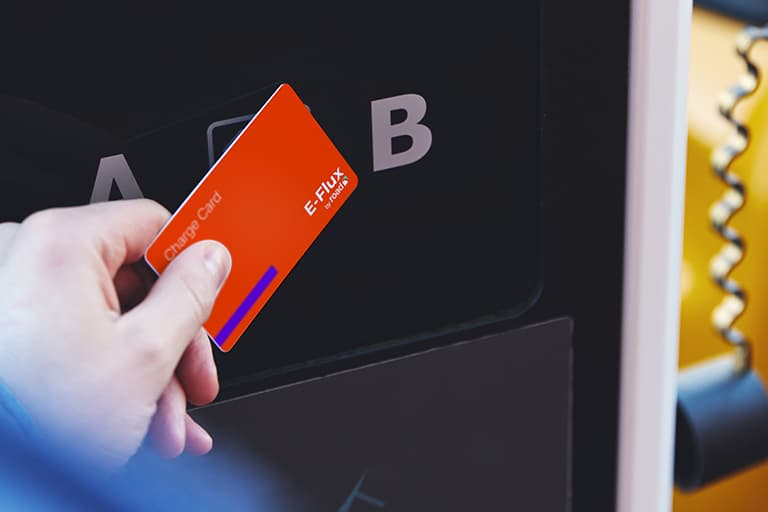At a glance
While an EV charge card isn’t required to charge your vehicle in Europe, it offers benefits like cost savings, network access, and convenient billing that make it a smart choice for frequent EV drivers.
How to pay for EV charging without a charge card
Many places offer a charge card with your charge card subscription. But nowadays, not everyone carries a wallet with them, it is something you can forget to bring, or you just do not want another card to add to your collection. Luckily, thanks to AFIR regulations, it is now possible to pay in many different ways when you need to charge your EV:
Contactless payments
Many charge points accept contactless payments with your credit or debit card. Public stations below 50kW should offer a direct payment method (QR code payments) and charge stations above 50kW should offer payment terminals. These QR codes can be scanned with your phone where you can pay directly.
Mobile apps
There are various charging networks with mobile apps that allow drivers to locate stations, check availability, start charging sessions and pay directly through the app.
The benefits of an EV charge card
While there’s a variety of ways to pay for charging, charge cards have many benefits, from cost-savings to convenience and efficiency.
These are some of the advantages of an EV charge card:
Convenience and network access
An EV charge card gives you access to multiple charging networks across Europe, so you don’t need to have other cards or services.
Cost savings
You can choose cards and plans that best suit you financially. Some cards also eliminate roaming fees, making charging more affordable.
Real-time information
The associated apps provide real-time information about charging station availability, types of connectors, charging speeds, and pricing. This helps you make informed decisions and reduces waiting times.
Route planning
Charge card apps often include route planning features, so you can plan where to charge on your trip.
Simplified billing
With a charge card, all your charging sessions are consolidated and generally, you will get a single monthly invoice. This simplifies expense tracking and reimbursements, especially if you’re travelling for business.
Security
EV charge cards offer security features such as card blocking and secure payments.


